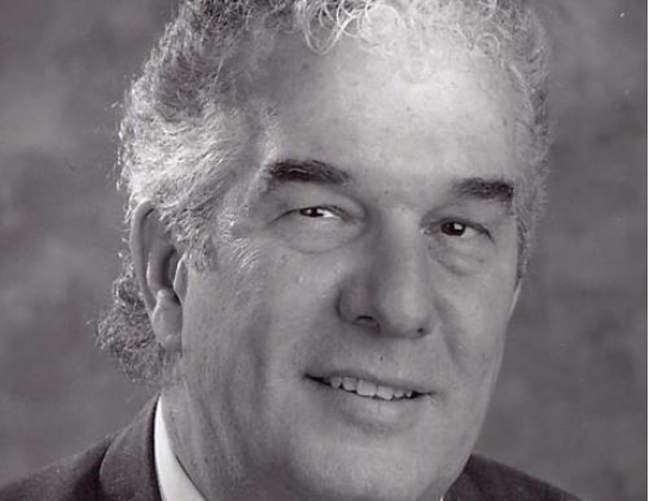Column: The viability of remote First Nations communities – part one

Different Paths – Common Ground
The viability of remote First Nations communities – Part One
By Peter Globensky and Beverly Sabourin
In our last article we addressed the critical role of education in fostering conditions which create greater opportunities, freedom from want and expanded personal and social horizons. While not a guarantor of equality in our “corporate democracy,” an educated and involved citizenry is the best defence against the erosion of those equalities and rights. We wrote of the significant increase in the number of Aboriginal Canadians who, despite considerable cultural and social obstacles, have obtained post-secondary degrees and diplomas. They have pursued careers which have enriched the social and economic fabric of our country.
We went on to suggest however that the success of these Aboriginal graduates, the Catch 22 in all of this, often came at great cost to the very communities which had nurtured these graduates to begin with. We pointed out that more often than not, First Nations’ students who escaped the limiting confines of rural and remote reserves in pursuit of a degree would rarely return to their home communities to seek employment as trained professionals or skilled workers due to the almost complete absence of opportunity. The opportunity to seek and hold meaningful employment, to have access to a range of quality medical and social services. In short, to be able to exercise choice. This absence of opportunity is particularly germane to remote First Nations communities which have not created an economic base through which diverse and meaningful long-term employment opportunities can be generated. Unpleasant as it may be to confront, we cannot escape the harsh reality that two-thirds of the working age population in some rural and remote Aboriginal communities in Ontario is unemployed. Unless substantial investments are made in social capital, there is little prospect of reversing the trend. The out-migration from reserve lands and influx of Aboriginal people to urban centres in Ontario is staggering. Over 85% of Aboriginal people in Ontario now live in non-reserve urban centres (2011 – Moazzami).
We concluded our piece by asking if the “brightest and the best” students were being drained away from these communities leading us to beg the question if there is a future for remote First Nations communities and their ability to offer their citizens a secure, socially vibrant, healthy and economically viable future.
Sometime ago Lakehead University sponsored a presentation by Clarence Louie, Chief of the Osoyoos First Nation in BC’s southern Okanagan. A darling of the mainstream media, Chief Louie has been described as a “hard-ass-take-no-prisoners” leader who has cajoled, negotiated and led his community of some 500 out of the socially engineered tethers of Indian Act poverty to become one of the wealthiest reserves in Canada. Unemployment is virtually non-existent and economic opportunity – from vineyards to pipeline leases to small businesses, abounds. He has been quoted as saying that there is no Indian way to run businesses – there is only a business way to run business. Osoyoos is a constellation of opportunities: a savvy, educated political and business elite – prime agricultural and industrial land, a nearby major urban centre and most critically, access to relatively inexpensive transportation and transportation corridors – reinforcing the adage, “if you can’t get your goods to market, what good are your goods?.
From the perspective of mainstream North American economics, controlling the source of potential wealth and getting your goods to market is part of the sine qua non for economic success. Those living on reserves located adjacent to major urban centres or near a major transportation thoroughfare like the Fort William First Nation offer Aboriginal professionals and skilled workers the desirable combination of living “at home” and being able able to put their degree to work in a field of their choosing. This is not the case for distant, remote First Nation communities many of which are currently devoid of economic opportunity. Are they condemned to become little more than aging and impoverished backwater remnants of what they once were, where social assistance comprises the lion’s share of the communities’ Gross Domestic Product?
Fingers can point in all directions – the confining, colonialist attitude pervasive throughout the Indian Act, the soul-killing and multi-generational legacy of residential schools, a colonial system of dependency creation, the pervasive influence of Western TV-dinner “culture”. All of which leads to scarcity and scarcity of spirit or opportunity, as scholars have shown “create a distinct psychology for everyone struggling to manage with less than they need.”
As we are beginning to realize, arguably far too late for mitigating the worst of what climate change will offer us, inconvenient truths when too often ignored can produce disastrous consequences.
In our next piece, we will explore terrains of hope for the future of what Desmond Tutu and others have referred to as Canada’s own Third World.
Beverly Sabourin, recently retired as the Vice-Provost of Aboriginal Initiatives at Lakehead University, is a member of the Pic Mobert Ojibwe. Peter Globensky is a former senior policy advisor on Aboriginal Affairs in the Office of the Prime Minister and recently retired as CEO of the Canadian Council of Ministers of the Environment. They invite your comments at basa1@shaw.ca

